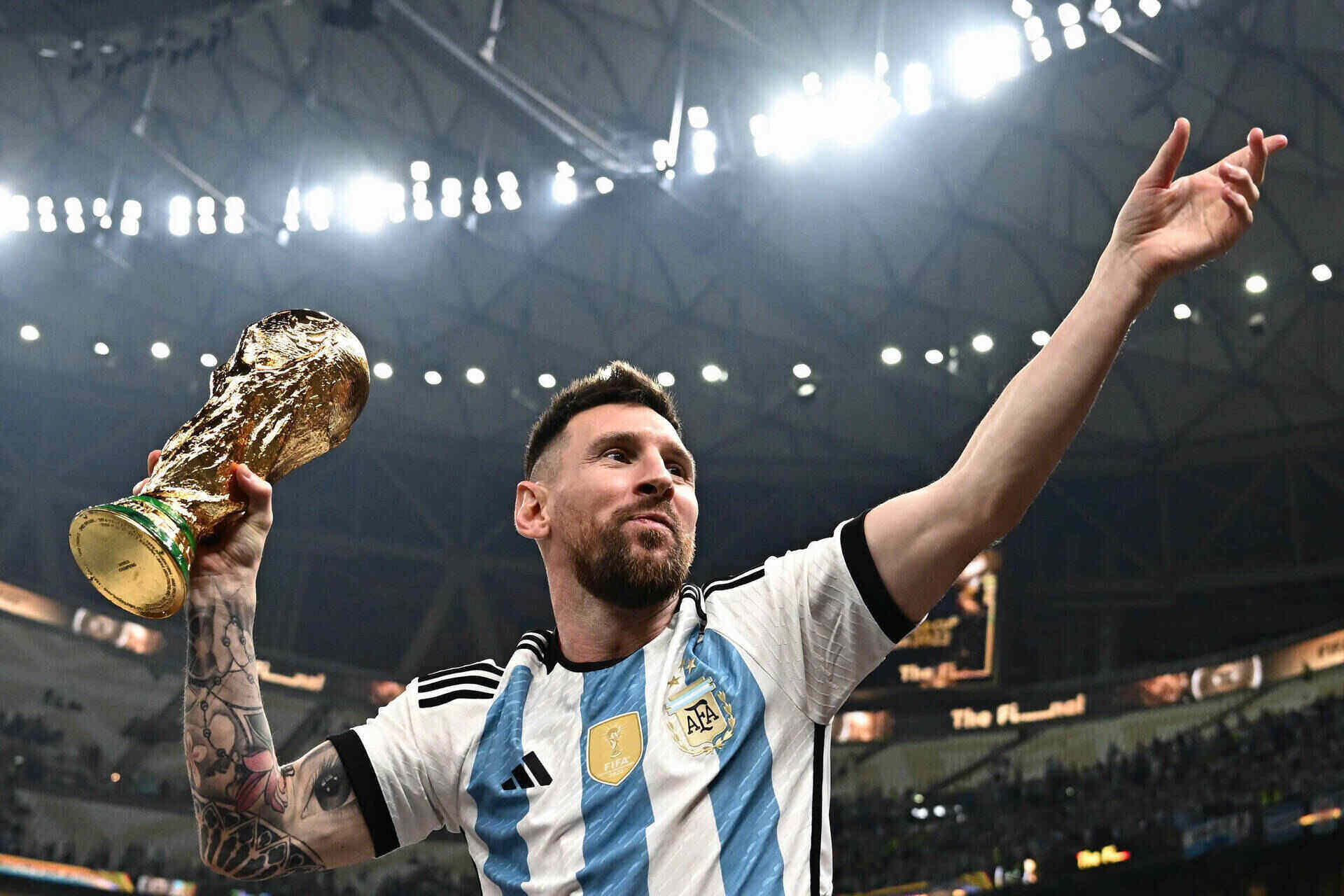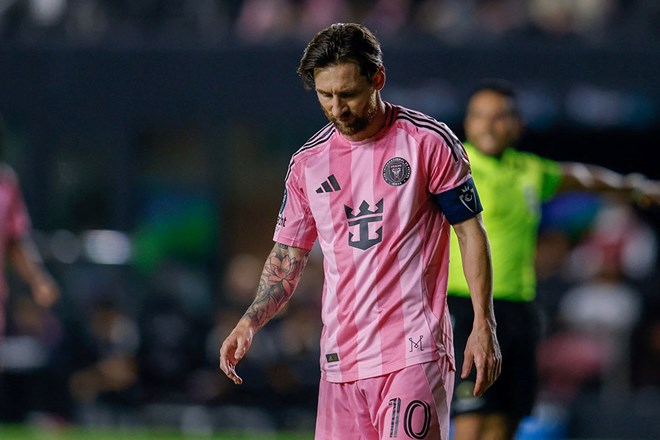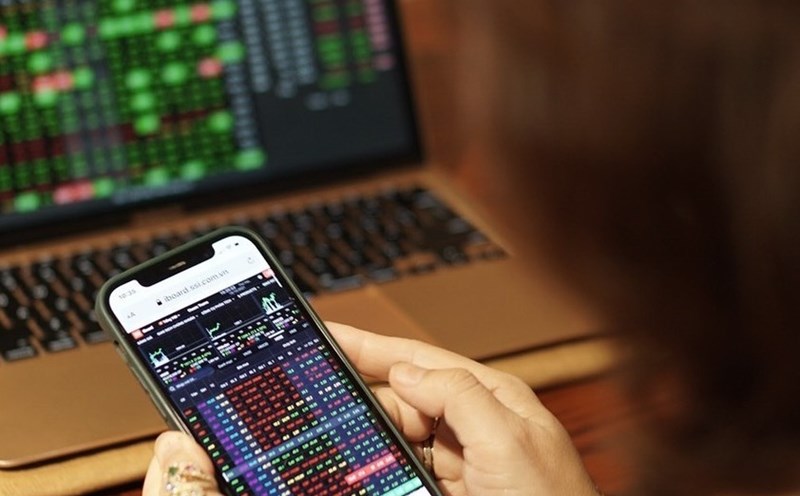While the 38-year-old continues to shine in MLS with Inter Miami, the competition he faces is not always equal to the intensity of the international arena.
That is why the FIFA Club World Cup 2025 - where Miami will face excellent opponents from Europe and South America - has shown how Messi performs against excellent defenders. This is very meaningful for El Pulga's role in the national team next summer.
A few months after making his Barcelona debut on 16 October 2004, Messi scored his first goal for the first team after an assist from Ronaldinho, becoming the club's youngest scorer at that time. Since then, the Argentine striker has continued to break most of his major records, setting new standards and redefining the king of sports.
Messi first amazed the world in 2007 against Espanyol. He won the ball at home before "dancing" and dribbling past many defenders to score. Messi has defied all expectations as an explosive left-footed right winger who will cut into the middle of the pitch to create seemingly impossible chances for his teammates.

Former Barcelona coach Pep Guardiola has since redefined the role of a traditional striker, turning Messi into a "false 9" and exploiting his potential. Messi's ability, combined with special vision, quickly helped him become one of the greatest players in history.
El Pulga's success with Barcelona was not repeated in the Argentine shirt, as coaches struggled to take advantage of Messi's talent. But everything has changed under coach Lionel Scaloni. Albiceleste are no longer completely dependent on the 38-year-old striker, but have instead created a support system for Messi to shine in the final third.
Now, at the age of 38, Messi has slowed down, but the ability to impact his matches is still there.
At Inter Miami, the club continued to find ways to take advantage of Messi's talent without putting his body under any physical overload. The MLS schedule runs from February to December, with 34 games and a playoff campaign lasting more than a month if a team qualifies for the final.
And while most of Messi's games are in the MLS, where he often faces less pressure and intensity, the FIFA Club World Cup 2025 has given a sharper perspective. Facing teams like the reigning UEFA Champions League champions Paris St-Germain and before that FC Porto and Palmeiras, Messi has assessed his ability against defenders similar to what he will face in the World Cup next year.
Miami head coach Rafael Mascherano has been closely following Messi's playing time. On a personal level, Messi has adjusted his style to maximize his influence on the pitch and keep enough energy to shine when needed.

El Pulga's skill set has not changed, but the way Messi uses his most dangerous "weapons" has changed. Messi now rely more on his ability to read the game to support his teammates at the right time and find space to score. Although Messi's ability to squeeze through the defense can be seen at a slower pace, it is still effective.
At the 2025 FIFA Club World Cup, Messi moved an average of 5.5 meters per ball possession, down from 6.1 meters in the MLS. This figure of 5.5 is in line with what Messi has created in his final seasons in Europe (5.2 for PSG in 2022-2023, 5.7 for Barcelona in 2020-2021. Meanwhile, the 6.1 mark is reminiscent of Messi's impact at his peak, when he moved an average of 6.2 meters per ball possession in the 2011-12 season.
At the same time, Messi's average number of attacking passes per 90 minutes has decreased from 35.6 in the 2011 2012 season with Barcelona to just 13.0 at the 2025 FIFA Club World Cup. It is not because Messi is less involved but because the approach is more selective and accurate.
Messi may no longer be maintaining high intensity, but his ability to choose the right time and make decisions is still intact.











